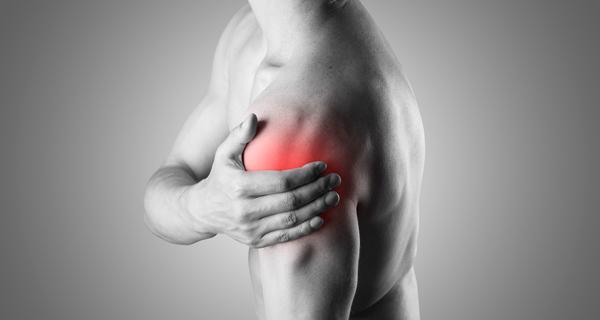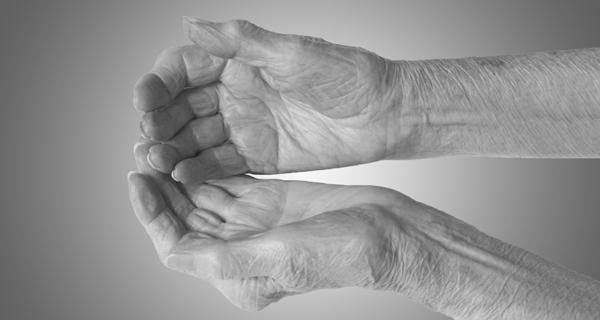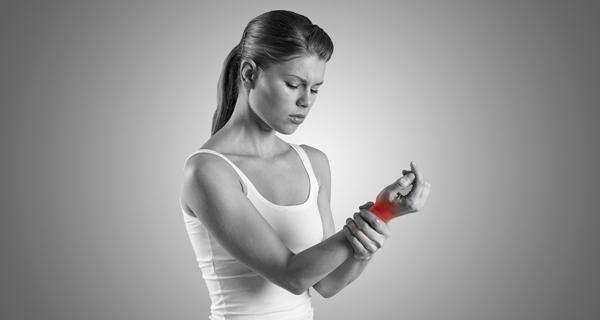REPETITIVE STRAIN INJURY
Overuse injuries, also known as a Repetitive Strain Injury (RSI), are caused by any movement or action that is repeated excessively, making soft tissues tighten and contract. The pain is often reported as a continuous ache that gets worse as the day progresses and can hinder sleeping patterns by making it uncomfortable to lie down.
Our posture has a huge impact on how our bodies work. Hand, elbow, wrist, shoulder, and spinal issues can often be pinpointed to issues with posture such as sitting in a fixed posture for a long period of time without moving or overuse of a device such as a computer for work or a mobile phone. A common example of an overuse injury from sport is Tennis Elbow, otherwise known as lateral epicondylitis, which is often a result of over playing and poor technique.
We can all relate to the cartoon office worker who is slumped in their office chair at their desk in front of a computer, shoulders rolled forwards and chin on their chest, typing away furiously for hours on end. That character must have significant pain as staying in that posture without any movement can create in imbalance to the muscles.
We have a unique approach to treating repetitive strain injuries. We fully understand that sometimes your injury is not just about an individual action but can also include issues from your lifestyle and environment around you and how this influences you on a daily basis. (continued below)

We use a wide variety of techniques to help including:
- Osteopathy – hands on therapy which looks at how the joints of the body function and aims to restore good movement by combining joint mobilisations to improve stiffness, manipulations (‘clicking’) and soft tissue therapies such as massage, stretching and myofascial release. Treatments always discuss rehabilitation and often we give appropriate strengthening exercises and dietary advice to help prevent further injury.
- Soft Tissue Techniques (massage, IASTM, stretching, myofascial release) provides a deep tissue massage to the body tissues that can focus on muscles relevant to the affected area. Along with osteopathy, massage can help restore efficient lymphatic flow.
- Acupuncture can often help relieve pain from injuries and conditions effecting the body and is great for areas that are too tender to treat with hands on treatments.
- Kinesiotaping can help with a multitude of things including reducing swelling and bruising along with offering gentle, non-restrictive support to the area.
- Shockwave Therapy is excellent for injuries that are slow to heal and are an ongoing problem. Using radial pressure waves, the treatment helps to stimulate a healing response and accelerate your recovery.
Our treatments can be of huge benefit for people suffering with these kinds of body changes. We always look to determine the root cause of the overstrain and formulate a treatment plan from there that is as unique as your symptoms, including rehabilitation, stretching and exercise advice and tips on lifestyle changes too. We love helping you to move well and enjoy life again.












